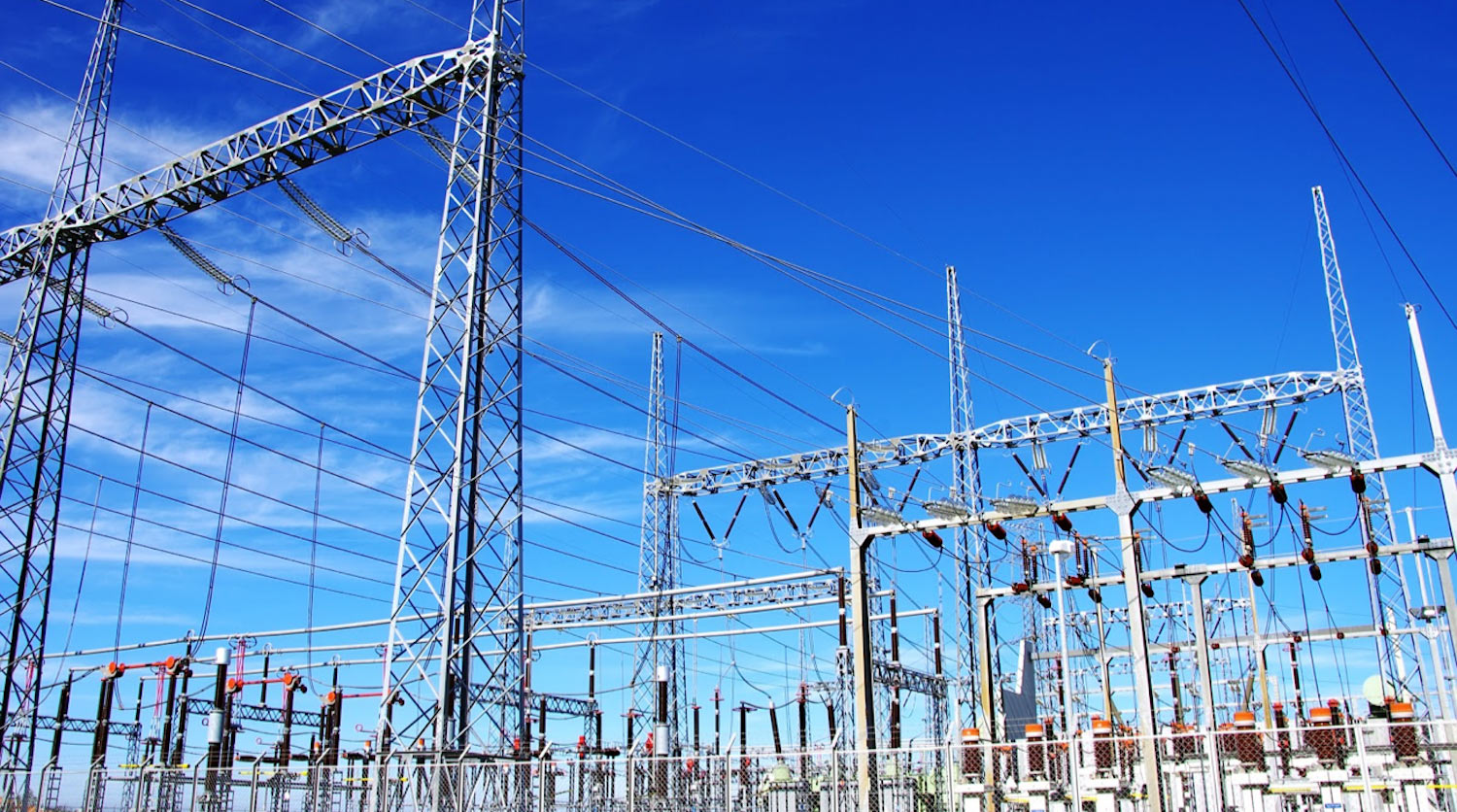Here’s a riddle: Why do electrical grid operators in the UK follow the storylines of popular soap operas? It’s not because they’re bored at work — quite the contrary.
Electricity is unlike most familiar products in that nearly all electricity must be consumed at the same time it’s generated. Unlike physical commodities, storage facilities are extremely limited, and both over and underproduction can cause outages or outright damage to the system. Thus, operators of the grid have to anticipate and respond to demand by adjusting the amount of electricity purchased and generated on a minute-by-minute basis.
So, why do grid operators pay attention to TV schedules? At the end of the most popular shows or sporting events, when millions of Britons get up to make themselves a cup of tea, hundreds or even thousands of megawatts of generation have to be brought online to meet demand and ensure that water gets boiled promptly and the grid doesn’t collapse on itself.
These properties of fluctuating demand and immediate consumption are in conflict with another fact of power generation; namely, that the cheapest (and often most efficient) way to generate electricity is with huge plants that take hours or days to start up or shut down. When demand exceeds the capacity of these “base load” power plants, other plants such as gas turbines have to meet the rest of the demand. These are more expensive to operate, but are capable of responding quickly to changes in demand (such as tea breaks) or supply (such as a failed generating station). So, the mix of energy sources feeding our appliances changes by the hour.
Because of the disparity in cost between peak and non-peak production, and because distribution networks have to be oversized for peak demand (plus a margin of safety), grid operators would prefer a flatter, less peaked profile to electricity consumption. That’s the basis for a number of technologies and initiatives designed to control the consumption side, rather than the generation side, of the electricity market.
Time of use and dynamic pricing
With time-of-use pricing, rates change over the course of the day. To make this simpler for customers, there are often just two rates, “off-peak” and “peak,” which are in effect between set hours of the day. This creates a financial incentive for customers to shift their consumption to hours when electricity is cheaper for both them and their utilities. A customer on a time-of-use rate schedule might run loads of laundry or dishes during off-peak hours, set their electric vehicle to charge at off-peak hours, or install timer switches to disconnect insulated hot water tanks during peak hours.
For customers whose utilities offer time-based rates, Sense can help determine what consumption might be shifted to a different time of day, and what consumption might be avoided entirely. It can also help when choosing between plans, by summarizing past usage to see how it fits into the different timed rates.
Demand charges
With demand charges, users are billed not only for the energy they consume (measured in kilowatt-hours) but also for the peak rate at which they consume it (measured in kilowatts, and called “demand.”) This provides an incentive to reduce peak demand by spreading out the same consumption over time.
While demand charges currently apply mainly to large commercial customers, there are cases where utilities may start billing residential customers the same way. One example is Arizona, where the largest utility has filed a proposal to charge customers a lower rate for energy consumption, but additionally charge a fee based on peak monthly demand. We think Sense can be very helpful for customers whose utilities use demand-based pricing. Sense can help customers understand and reduce their moment-by-moment load on the electrical grid to avoid high demand charges.
Load control
This is a broad category of systems which directly control electrical loads to respond to grid conditions. Some utilities offer incentives, such as bill discounts, if customers install “load control switches” on some major appliances such as air conditioning and water heating. When peak demand is anticipated, the utility can send a signal which delays the operation of water heaters or air conditioning compressors. This can often be done with minimal inconvenience to end users — for example, an insulated hot water tank won’t lose much heat during the time it’s shut off. As more electrical load becomes controlled by connected devices such as smart thermostats or network-connected electric vehicles, load control functionality can be implemented in software, allowing more customers to participate in demand response initiatives without additional hardware installation.
What does this have to do with Sense?
At Sense, we’re excited about possibilities for reducing energy consumption and for cleaning up the energy we must consume. We’re building what we think is the best way to listen to your home, and that includes understanding how you use energy and how you can improve.
As always, happy sensing!
